Oreades
mineral pigmented print on Epson Sommerset RAG 250g gsm paper, smoke on glass and plywood
41 x 40 cm
2021
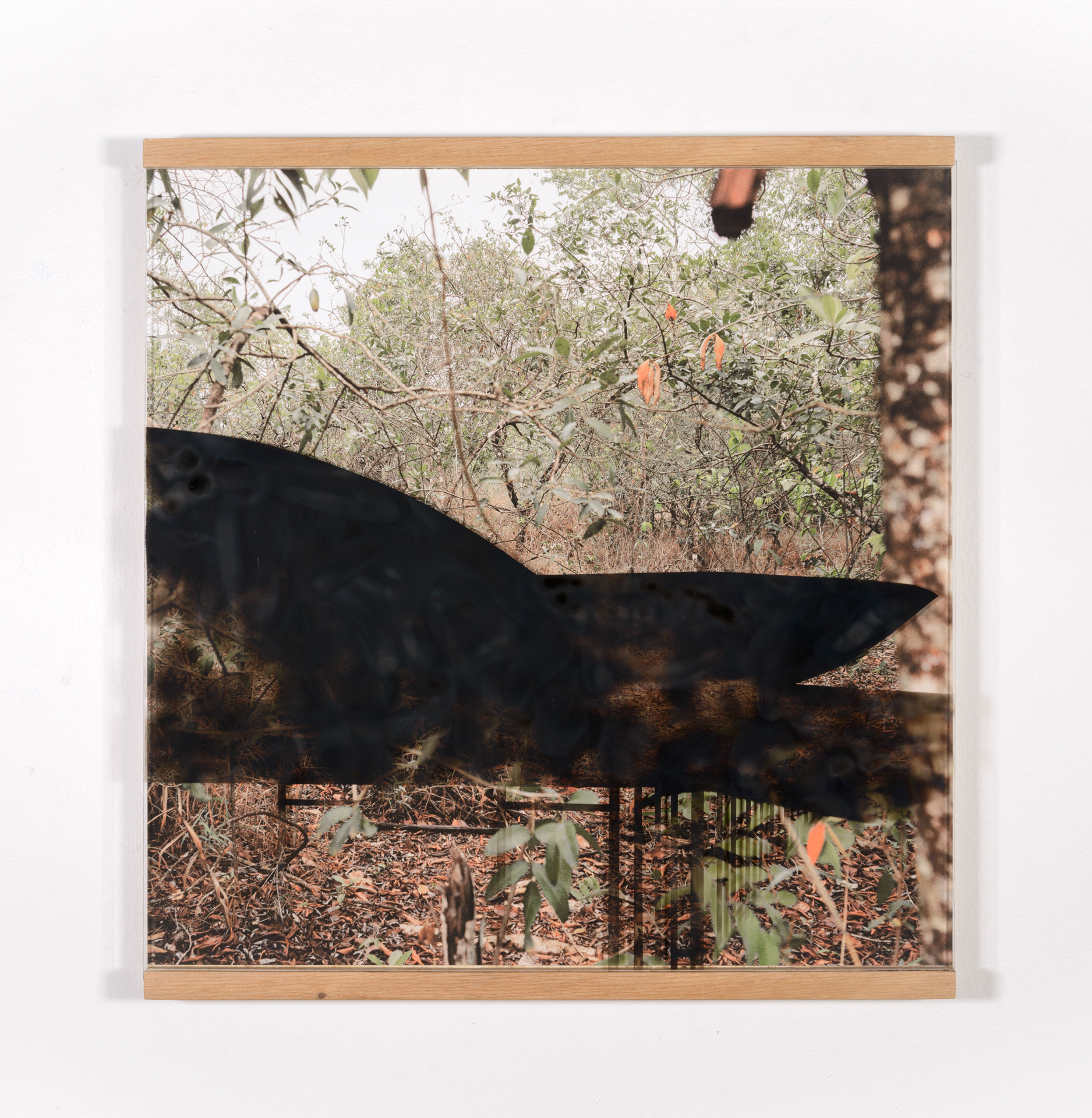
As an overlay of realities, photographs of the natural space of the city of Brasília coexist with a pertinent visual interference. Mounted on wooden boards where a device supports the glass layer over the image as a vitrine, the works in the Oréades series address the most pressing issues in the development of Brazilian cities: the difficult coexistence between preservation and progress.
Would it be possible to face the dichotomy between built landscape and natural landscape as a form of interaction without hierarchies? The geometric shapes that interpose between the viewer and the background (landscape) of the work are icons of the city's modern architecture and, therefore, easily recognizable as they have become part of the catalog of our national pride and the strength of the new order in civil construction. From the 1950s onwards, Brasília became a world reference with its geometry of white buildings, a civilizational and political utopia.
But this spatial geometry is achieved through smoke, burning a candle, the soot that is applied to the glass, giving architecture its chromatic inverse. It becomes translucent, not completely opaque, and reminds us that this city was initially made through flames that burned the cerrado to make way for tractors. But as dichotomous as the country in which he lives, this fire also brings to mind the internal dynamics of the Brazilian cerrado biome, as a factor regulating its metabolism, a natural resource management that, through the combustion of vegetation, produces other fertilizer and food sources.
The nymphs known as Oréades, first described by the naturalist Von Martius in the 19th century as an homage to the cerrado, seem to have hidden even further in their caves and water holes - so subjected that they are subject to climate change, to consuming fire from agribusiness, to progress at any cost, to the unrestrained advance of monoculture that wipes out our cultural, natural and harmonious differences once and for all.
Would it be possible to face the dichotomy between built landscape and natural landscape as a form of interaction without hierarchies? The geometric shapes that interpose between the viewer and the background (landscape) of the work are icons of the city's modern architecture and, therefore, easily recognizable as they have become part of the catalog of our national pride and the strength of the new order in civil construction. From the 1950s onwards, Brasília became a world reference with its geometry of white buildings, a civilizational and political utopia.
But this spatial geometry is achieved through smoke, burning a candle, the soot that is applied to the glass, giving architecture its chromatic inverse. It becomes translucent, not completely opaque, and reminds us that this city was initially made through flames that burned the cerrado to make way for tractors. But as dichotomous as the country in which he lives, this fire also brings to mind the internal dynamics of the Brazilian cerrado biome, as a factor regulating its metabolism, a natural resource management that, through the combustion of vegetation, produces other fertilizer and food sources.
The nymphs known as Oréades, first described by the naturalist Von Martius in the 19th century as an homage to the cerrado, seem to have hidden even further in their caves and water holes - so subjected that they are subject to climate change, to consuming fire from agribusiness, to progress at any cost, to the unrestrained advance of monoculture that wipes out our cultural, natural and harmonious differences once and for all.

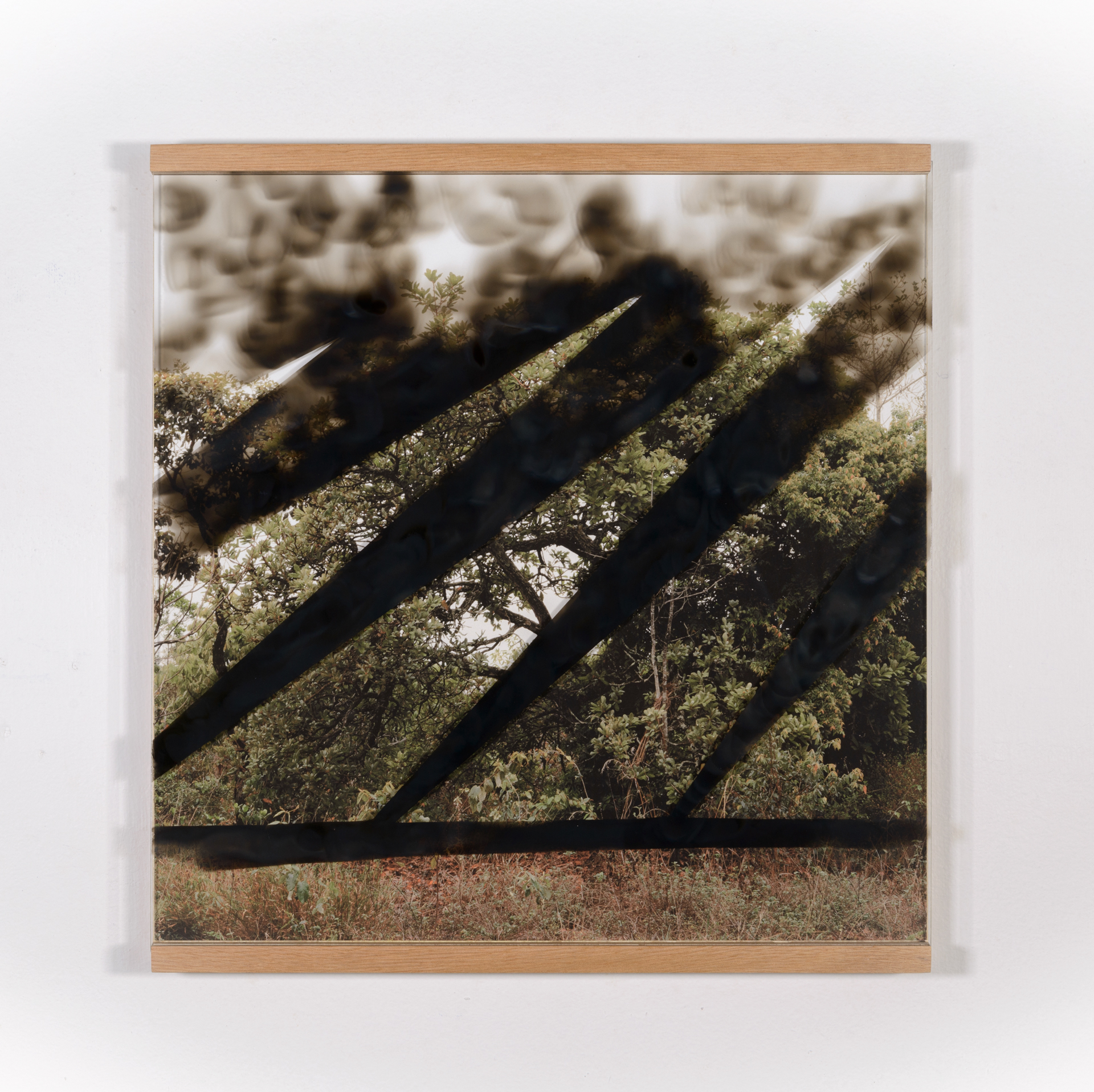




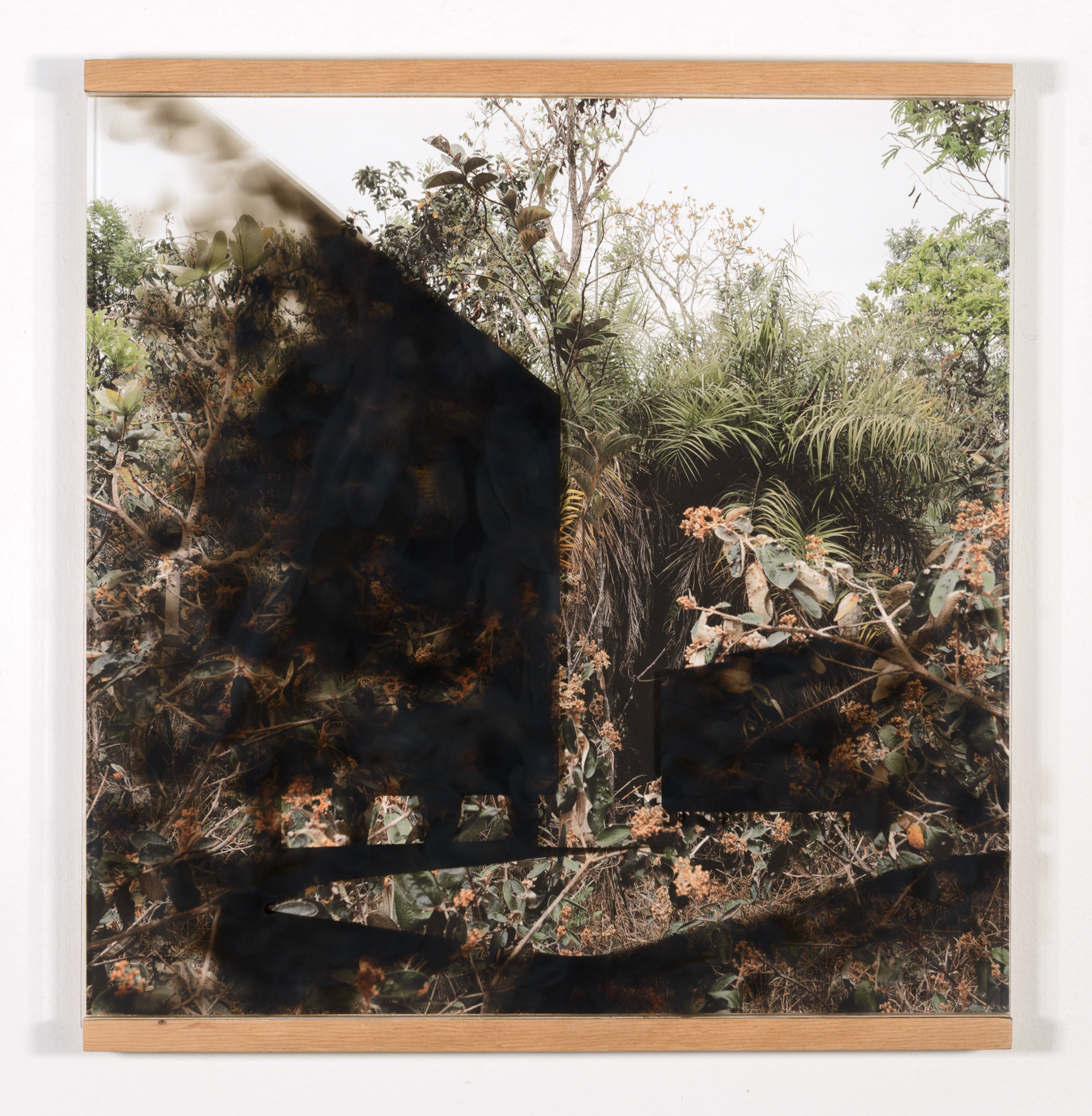
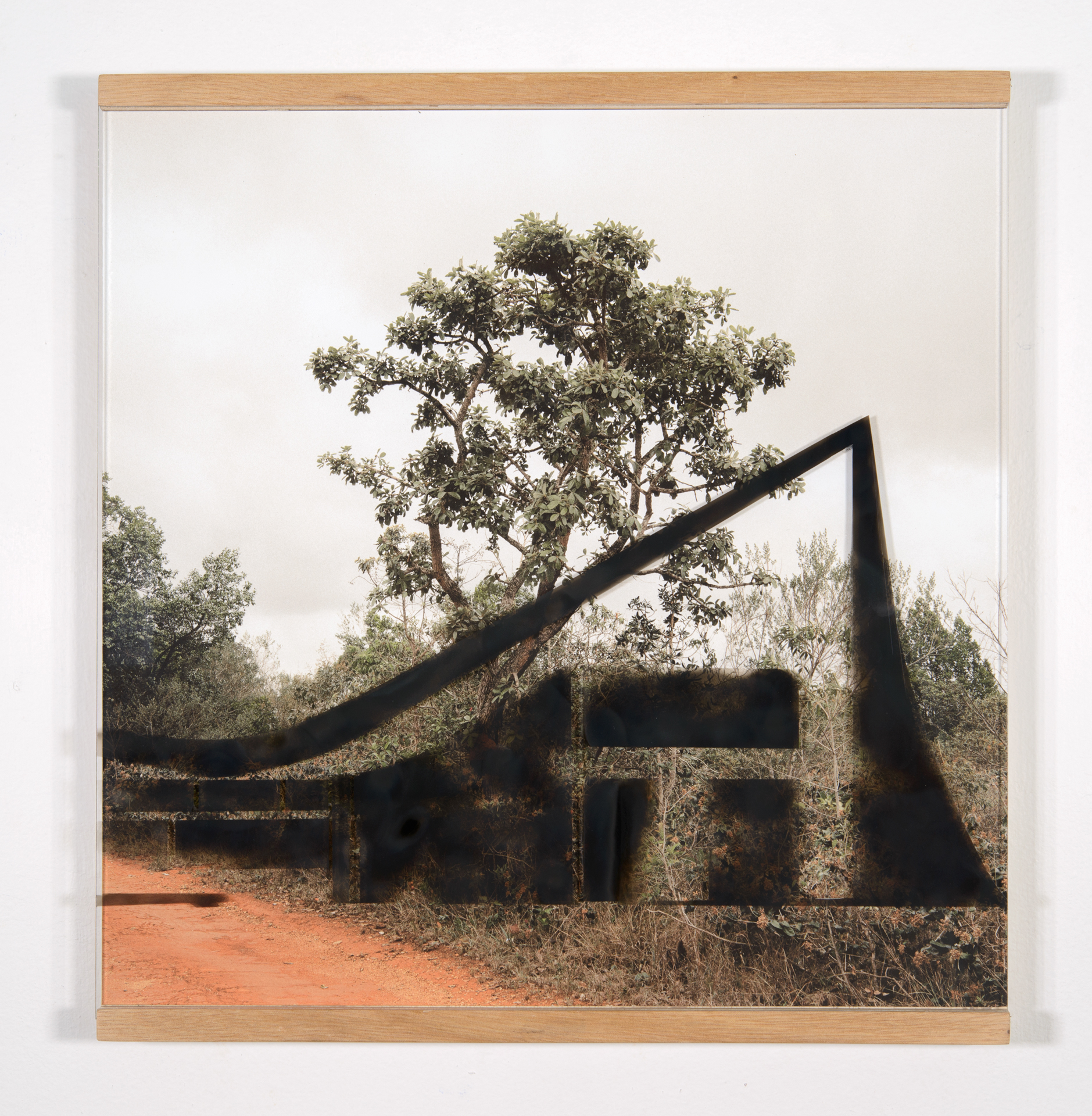


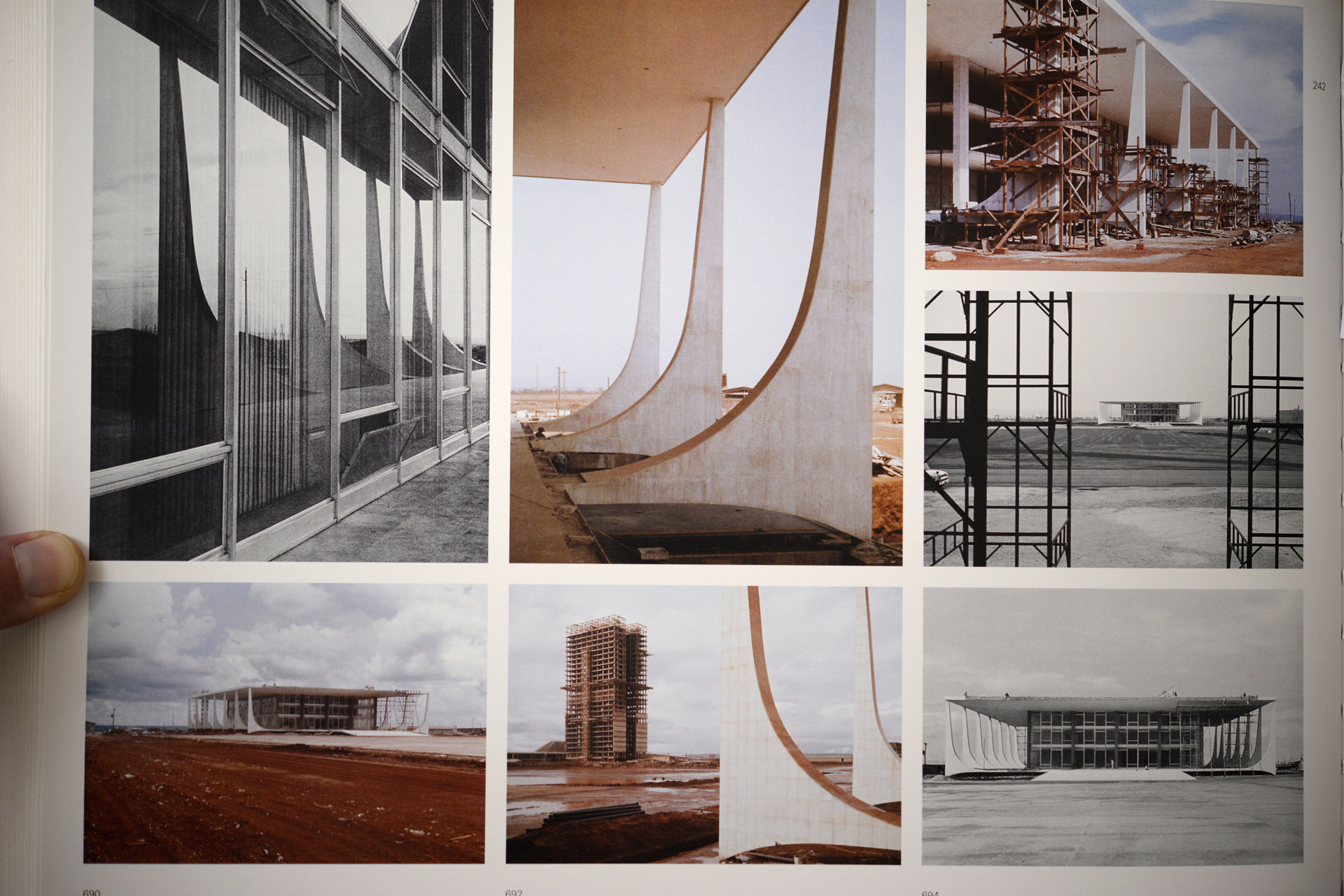

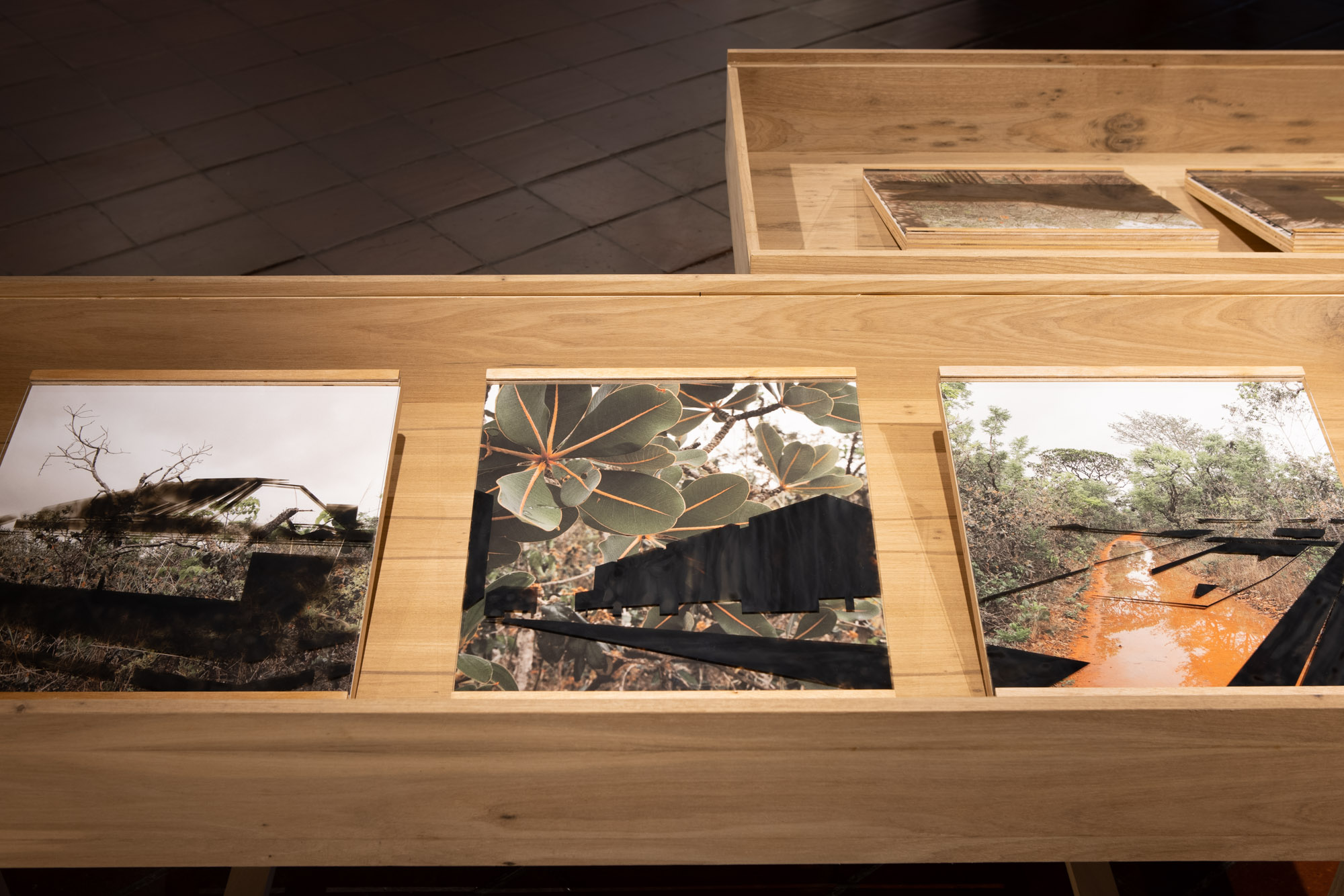


[photos Jean Peixoto and Joana França]
Oreades
impressão pigmentada sobre papel Epson Sommerset RAG 250g gsm, fuligem sobre vidro e madeira compensado.
41 x 40 cm
2021
Como uma sobreposição de realidades, fotografias do espaço natural da cidade de Brasília convivem com uma interferência visual de forma pertinente. Montadas sobre pranchas de madeira onde um dispositivo sustenta a camada de vidro sobre a imagem como uma vitrine, as obras da série Oréades se acercam das questões tão prementes no desenvolvimento das cidades brasileiras: a difícil convivência entre a preservação e o progresso.
Seria possível encarar a dicotomia entre paisagem construída e paisagem natural como uma forma de interação sem hierarquias? As formas geométricas que se interpõem entre o observador e o fundo (paisagem) da obra são ícones da arquitetura moderna da cidade e portanto, facilmente reconhecíveis pois tornaram-se parte do catálogo de nosso orgulho nacional e da pujança da nova ordem na construção civil. À partir da década de 50, Brasília torna-se referência mundial com sua geometria de prédios brancos, uma utopia civilizacional e política.
Mas essa geometria espacial é realizada através do fumo, da queima de vela, da fuligem que é aplicada ao vidro, conferindo à arquitetura seu inverso cromático. Torna-se translúcida, não totalmente opaca, e lembra-nos que essa cidade foi feita inicialmente através de labaredas que ardiam o cerrado para abrir caminho aos tratores. Mas tão dicotômico quanto o próprio país em que vive, esse fogo traz à memória também a dinâmica interna do bioma do cerrado brasileiro, como um fator de regulação de seu metabolismo, um manejo natural de recursos que, através da combustão da vegetação, produz outras fontes de adubo e alimento.
As ninfas conhecidas como Oréades, descritas pela primeira vez pelo naturalista Von Martius no século XIX como uma homenagem ao cerrado, parecem ter se escondido ainda mais em suas cavernas e olhos d’água - tão submetidas que se encontram às alterações climáticas, ao fogo consumidor do agronegócio, ao progresso à qualquer custo, ao avanço desmesurado da monocultura que arrasa de uma vez por todas, nossas diferenças culturais, naturais e harmônicas.